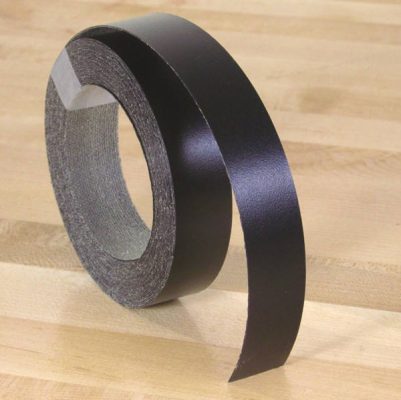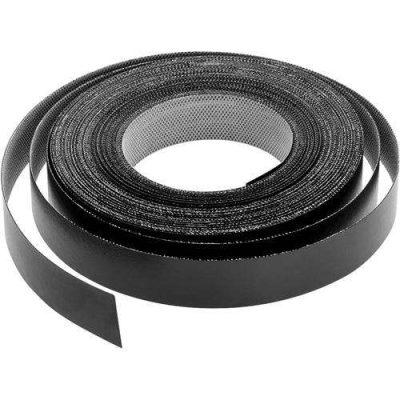Melamine edge banding is water-resistant but not completely waterproof. Melamine itself is a type of engineered wood product that is coated with a melamine resin-impregnated paper layer. This coating provides a durable and moisture-resistant surface that is suitable for various applications, including kitchen cabinets, bathroom vanities, and furniture.

When it comes to melamine edge banding, the water resistance of the edge banding material is largely determined by its composition and the quality of the adhesive used during application. Melamine edge banding is often designed to match the appearance of melamine-coated surfaces, offering a cohesive and finished look to the edges of panels and furniture.
While melamine edge banding can resist occasional exposure to moisture, it’s important to note that it is not completely impervious to water. Prolonged or excessive exposure to water, humidity, or moisture can potentially cause the edge banding to swell, warp, or delaminate over time. To maintain the integrity of melamine edge banding, it’s advisable to promptly wipe away any spills or moisture and avoid exposing it to continuous water sources.
For applications that require a higher level of water resistance or waterproofing, considering other edge banding options such as PVC or ABS edge banding might be a more suitable choice. PVC and ABS edge banding are known for their better resistance to moisture and are often used in environments where water exposure is more frequent, such as kitchens and bathrooms.

In summary, while melamine edge banding offers a degree of water resistance, it’s important to exercise care to prevent excessive exposure to moisture, especially in applications where consistent protection against water is crucial. If waterproofing is a top priority, exploring other edge banding materials designed specifically for moisture-prone environments might be a better option.
